The earliest sleeping pads I had for camping, back in the 1960s, were 3⁄8″ sheets of closed-cell foam. In the early ’70s I switched to the first self-inflating pad which was only three-quarter length but was easily a full 1″ thick and a great improvement in comfort. Since then, I’ve been drawn to longer, wider, and thicker pads and I am now more comfortable sleeping at anchor than I am at home.These luxurious sleeping pads are also self-inflating, but it takes a long time for the foam inside to expand and draw air in through the intake valve. The earliest self-inflating pads had to be topped off by blowing into them, but the moisture that method introduced could damage the air-proof coating on the inside surface of the fabric. My two newest pads avoid that with pumps that are included. One of the pads has a small palm-sized fabric hand pump, good for topping off, and the other has an open-ended roll-top inflation bag to speed filling.While the comfort of my largest sleeping pads has been well worth the time it takes to inflate them, I took a chance on buying two compact electric pumps with internal rechargeable batteries. Both are rated IPX4 (splashproof) and include five adapter nozzles and LED area lights.
Stay On Course

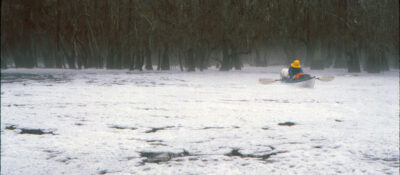

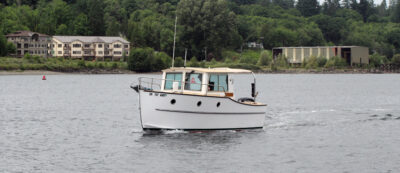
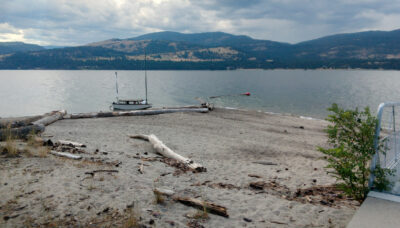
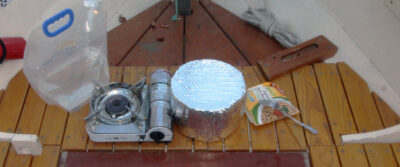
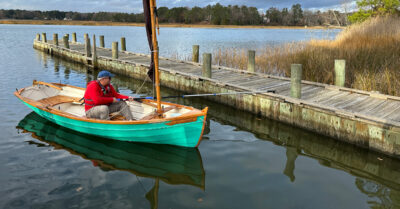
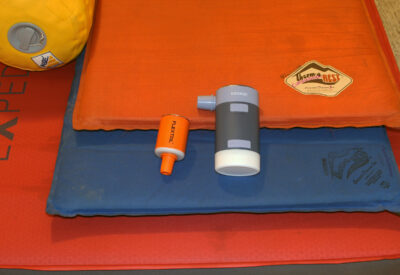


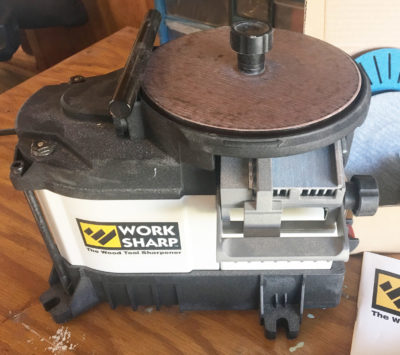
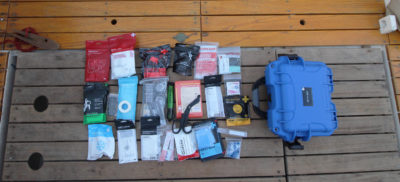
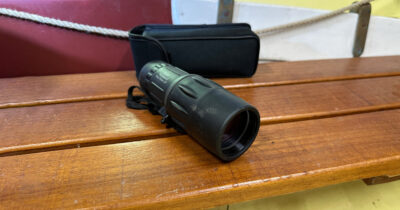
Join The Conversation
We welcome your comments about this article. To include a photo with your remarks, click Choose File below the Comment box.